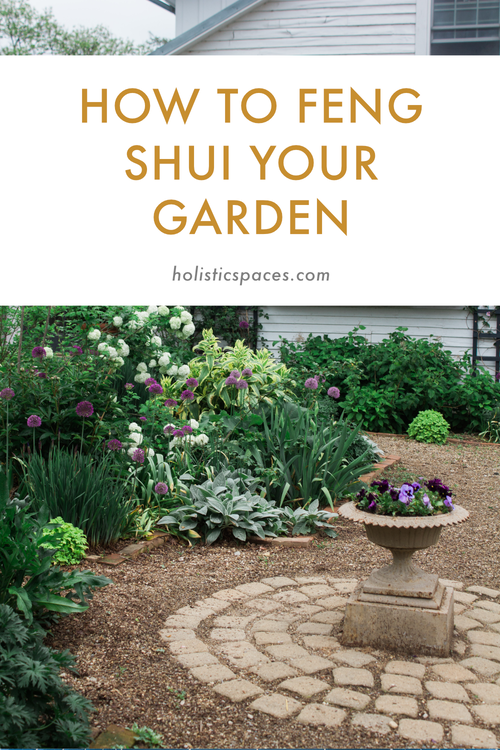Photo by Beazy on Unsplash
Can I still use feng shui if I live in a very small apartment?
This is a question that comes up often! A lot of people think it would be more challenging to apply feng shui principles to a small space, but it doesn’t actually make a difference. I’m currently living in a renovation, so I’m essentially living in a really tiny space right now. I thought it would be good timing to answer this question and share some feng shui-inspired suggestions for small spaces.
First, define the entry in some way. Often, small living spaces mean that there is less distinction between the different areas of your home. The entry to your home represents how energy comes into your space, and it’s one of the most important areas to look at from a feng shui perspective. Try to find a way to define and differentiate it, whether that be through a welcome mat, a colorful accent wall, lighting, or furniture. You can also think of your own creative ways to do this!
Next, bring in as much light as possible. Most of my clients want more light in their spaces. All living things grow towards the sun, so having natural light is quite important. You can do this simply by bringing in more reflective materials, and placing a mirror strategically to reflect in a view. The color white is also very reflective. I love white ceilings and walls! It’s also helpful to make sure your windows are very clean, so they can bring in as much light as possible.
Lastly, if you can separate your work place from your sleeping place that is ideal. When those begin to intermingle, it’s hard to keep a well-balanced differentiation between life and work. After the past year, I think we’re all experiencing the line between work and home becoming blurred, and creating a defined space in your home can really help. You may not have a spare room to use as an office, but maybe you can carve out a dedicated corner where you will focus on work. If your bed and workspace are close together, do your best to create some visual separation between the two areas.
If you’d like to learn more about feng shui, check out Mindful Design Feng Shui School at: www.mindfuldesignschool.com







